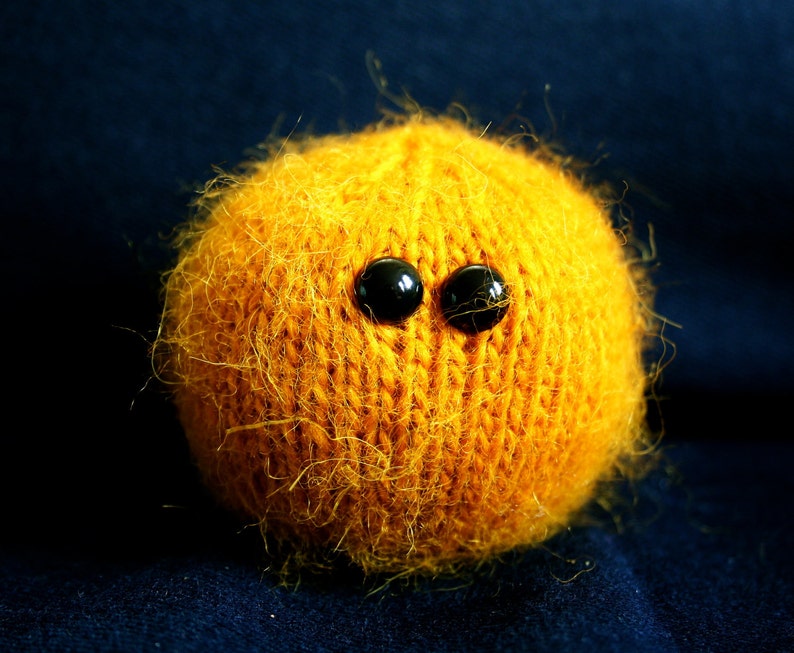

#SUN CORONA DRAWING TV#
Their resistance has found plenty of reinforcement from the misinformation about vaccines spread on the internet and elsewhere and also by conservative TV commentators who disingenuously promote the anti-vax movement to build their ratings.Īs the Nashville Tennessean points out, however, none of this fear or vituperation is directed at monoclonal antibody drugs, which have become a common treatment for the disease. None of these fears are supported by the scientific evidence, but they have taken root among the obstinate and the fearful. Tens of millions of Americans have shunned getting vaccinated against the virus, claiming that the vaccines were rushed to production, weren’t sufficiently tested and could produce long-term side effects on their health. The campfires could hold clues about how the Sun’s outer atmosphere has a temperature of millions of degrees, while the surface has a temperature of thousands – which seemingly defies physics because heat should not be able to flow from a colder to a hotter object.Domain menu for The Sun-Sentinel (mobile)Ī Tennessee newspaper recently explored a baffling paradox that has emerged during the COVID-19 pandemic.

This includes new views of the enigmatic ‘campfires’ that Solar Orbiter saw at the first perihelion.

So compared to all the interesting high resolution images that we've already gotten everything now will be zoomed in by about a factor of two,” says Daniel. “This will be at a third of the distance between the Sun and Earth. This time, Solar Orbiter will draw to within 50 million kilometres – providing a significant boost to the science that can be done. Its first perihelion took place in June 2020, with the spacecraft closing to 77 million kilometres. In March, Solar Orbiter will make a close pass to the Sun, called perihelion. Now, however, it is time to start operating the two sets of instruments together as the mission shifts into the main science phase, and the anticipation is palpable. More than fifty papers detailing Solar Orbiter’s cruise phase science results are to be published in December by the journal Astronomy & Astrophysics.
#SUN CORONA DRAWING UPGRADE#
He explains that an upgrade to the ESA Ground Station Network allowed Solar Orbiter to send more data than expected back to Earth, and the mission’s scientists have been quick to take advantage. “Scientifically, this exceeded our expectations by a large margin,” says Daniel Müller, Solar Orbiter Project Scientist.
#SUN CORONA DRAWING FULL#
During this time, the in-situ instruments have been taking measurements of the solar wind and other conditions around the spacecraft, while the remote sensing instruments designed to look at the Sun have been in their extended calibration and characterisation mode.ĭespite Solar Orbiter not yet being in full science mode, a lot of science has been produced. From July 2020 to now, Solar Orbiter has been in the cruise phase. From its launch in February 2020 to July of that year, the spacecraft was in its commissioning phase, during which the scientists and engineers tested out the spacecraft and its instruments. The flyby marks a major milestone for Solar Orbiter.


 0 kommentar(er)
0 kommentar(er)
